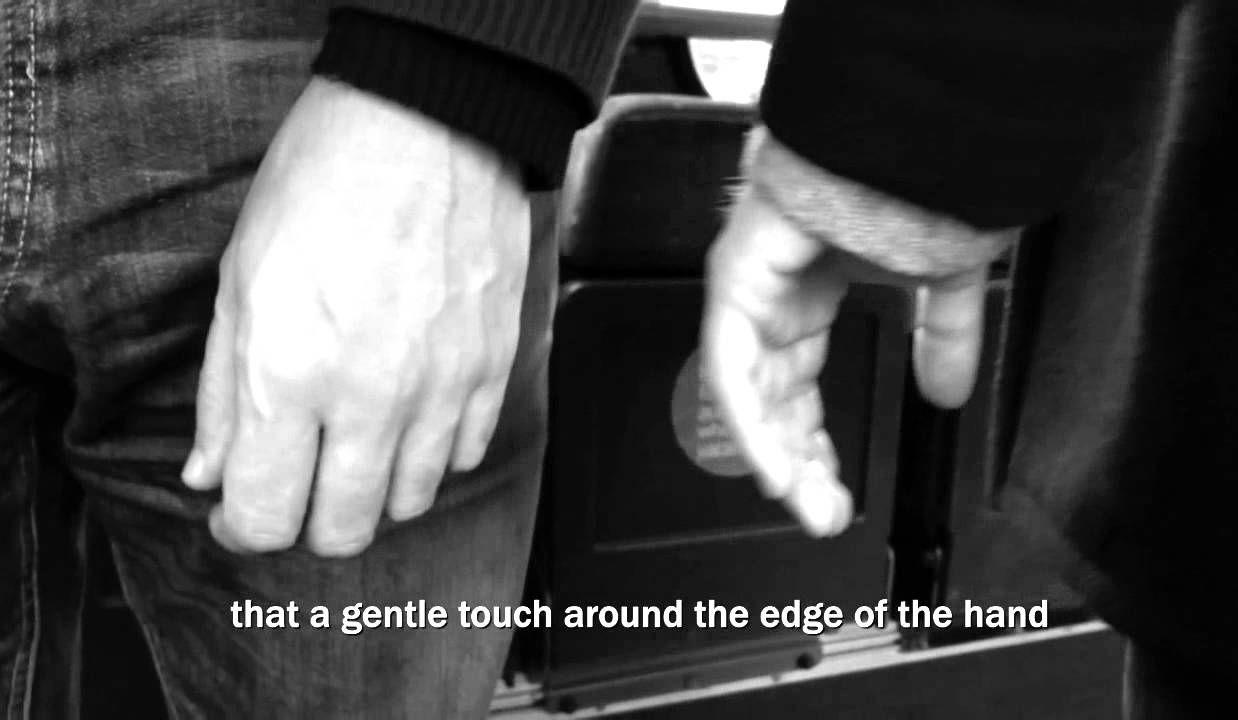Imagine a party on a warm summer’s evening. You can see the beautiful greenery and the dipping sun, you can smell the freshly cut grass and taste the cool drinks on offer. You hear someone walk up behind you and feel them tap you on the shoulder. Now imagine you’re not really at the party – but sitting at home and the scene and all these sensations are coming from your TV.
Working out how television programmes could one day stimulate all our senses is an interesting question for researchers like myself, who are exploring the future of TV. But the bigger, more exciting challenge is how we can not only imitate what is happening on the screen, but also use smell, taste and touch in a way that’s not a novelty and enhances the emotional experience of a show, just as a soundtrack does.
There’s good reason to think about how the TV industry can innovate in this way. Despite the rise of online video, millions if not billions of people still watch traditional broadcast media through television sets. TV remains a powerful format for programme making and watching that follows specific restrictions and guidelines.
